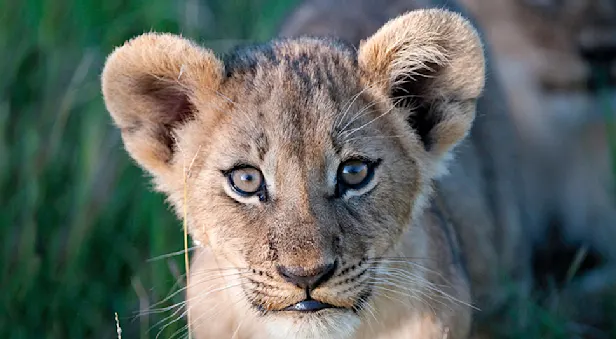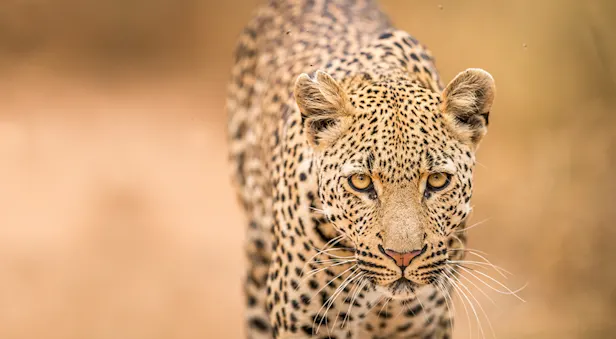Cheetah Facts | Southern Africa Wildlife Guide
Physical Characteristics
Lean, muscular cats.
Approximately 90 to 130 pounds in weight.
Their silhouette is long and lanky.
Spotted coats and a “tear stripe” running from eye to cheek.
Behavior
Cheetahs are most commonly found in savanna parks, in addition to other areas where they are able to hunt their preferred prey—species such as impala. The cheetah is the most endangered of Africa’s large cats, including leopards and lions. This may be because, unlike leopards, they are not as easily able to adapt to changes in their environment being impacted by human encroachment.
Cheetahs are normally stealthy, solitary animals, with the exception of breeding pairs and females with cubs. Additionally, young cheetahs who have just left their mothers will temporarily join together, and males will form coalitions to hunt and guard territories. Males and females only socialize while the female is in heat. They select breeding areas that have a reasonable number of gazelles, good hiding places for cubs, perennial water and relatively low densities of possible cub predators. Males tend to congregate in these areas, which makes that terrain more accessible for them to mate with local females.
Born To Run
After a gestation period of three months, cheetah cubs are born blind and helpless. Litter size varies in number from one to eight (usually three) cubs. Females will hide them away for two to three weeks in dens, often in dense vegetation or among rocks on kopjes. Mothers hunt for food, leaving the cubs in hiding and returning periodically to suckle them. Every few days, she relocates her litter between dens. Although adults are not very vulnerable to predators, cheetah cubs are preyed upon by hyenas and big cats, including lions and leopards.
At five to six weeks old, cubs will venture out after their mother to join her at a kill. This is an important period for cubs, since, unlike all other cats, young cheetahs do not know instinctively how to stalk, chase and kill their prey. For example, a cheetah cub presented with a mouse for the first time will only stare at it, or even run away. A young leopard or serval cat, in contrast, will pounce on the mouse without hesitation. Because of this, cheetah mothers must bring dazed or half-dead, young gazelles or hares to their offspring, taking them patiently through the process of becoming a hunter. Not surprisingly, many young cheetahs that have recently left their mothers have little chance of survival.
Feeding Habits
Cheetahs generally hunt relatively small animals, like impala. They depend upon their sight to pinpoint, stalk and chase prey. Coalitions of males, however, are able to take down bulkier animals, such as wildebeest. They will select the least vigilant animal on the edge of the group as their victim. Although cheetahs are the fastest land mammals, they cannot maintain their top speed of around 60 miles per hour for more than 200 to 300 yards. So, unless they are able to come undetected within 100 feet of their prey before starting a chase, cheetahs are rarely successful.
During a typical kill, a cheetah uses its forefeet to knock the running animal off balance, then clamps tightly on to its neck to strangle it. The dead prey is invariably dragged into cover where the cheetah will feed. Females will call their cubs to the kill with a soft, bird-like chirrup.
See Cheetahs on These African Safaris

Botswana: Kalahari, the Delta & Beyond
Witness the spectacle of Botswana during the green season under changing skies, as the desert bursts forth with life, wildlife thrives with seasonal water, and new births fill the plains.

























